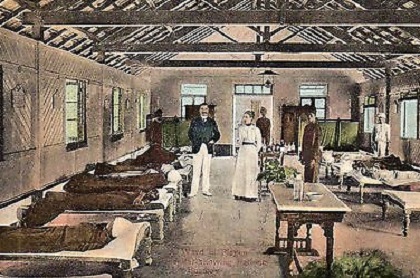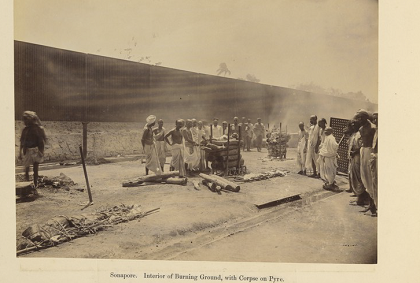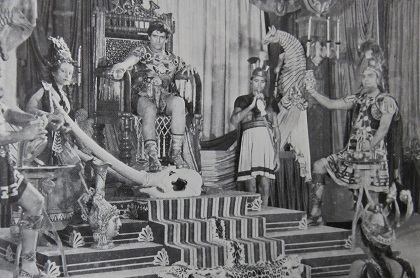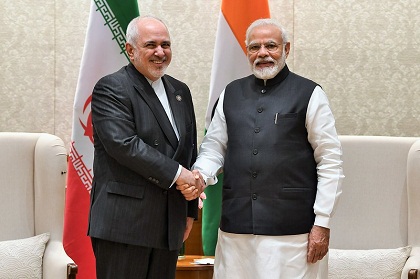INS Viraat sails away
Five days before World Maritime Day last week, the former Flag Ship of India’s Western Fleet headquartered in Mumbai – the Aircraft Carrier INS Viraat or R 22 – was towed away to the ship-breaking yard in Alang, Gujarat. This brought down the curtains on Viraat’s glorious career of 58 years at sea. The Indian Navy is awaiting the commissioning of a new aircraft carrier ‘Vikrant’, named after the Indian Navy’s first carrier. Just as it will one day induct another new carrier and name it after the Viraat.

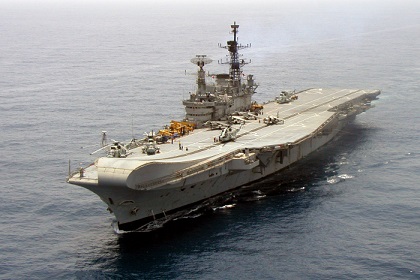
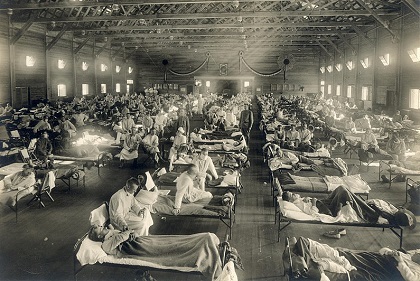
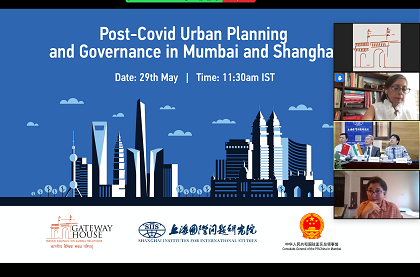
![Image 2[6379]](https://www.gatewayhouse.in/wp-content/uploads/2020/06/Image-26379.png)
